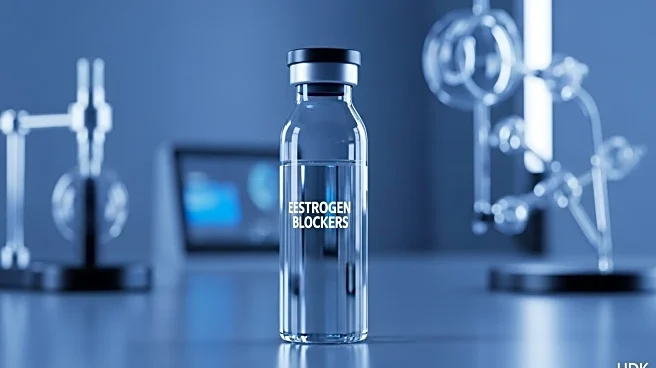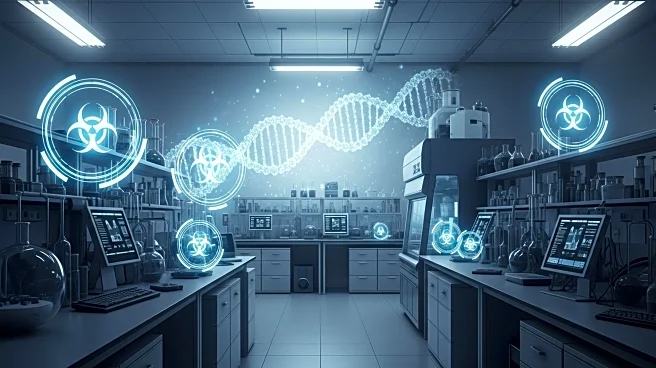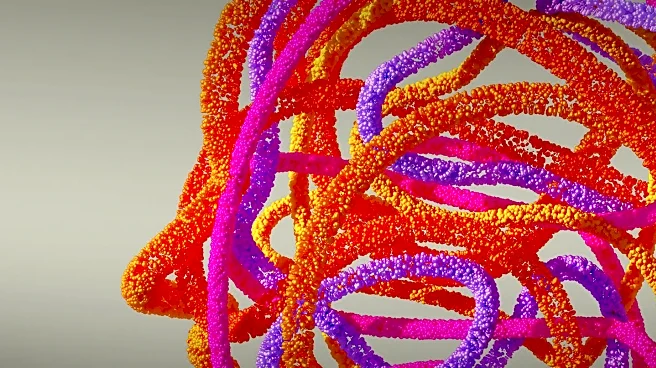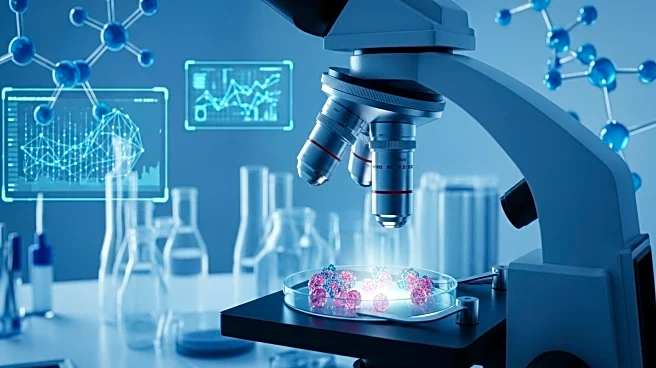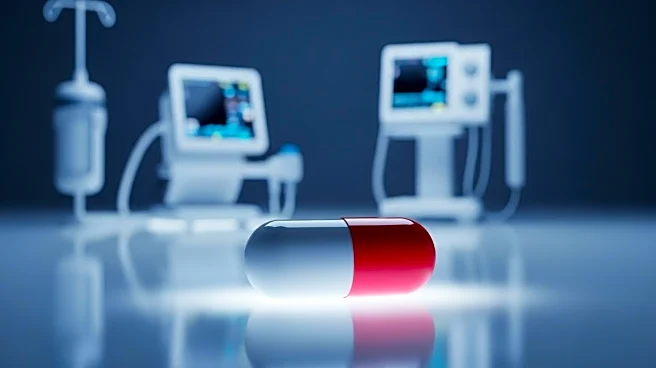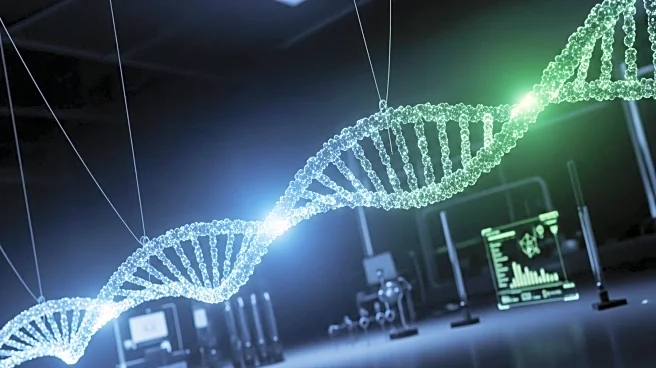What's Happening?
Researchers at Cincinnati Children's Hospital Medical Center, in collaboration with Roche, have developed a human liver organoid microarray platform to predict toxic drug reactions. This innovative system uses stem cells and patient-specific immune cells to study
immune-related liver injuries caused by certain medications. The platform aims to address the limitations of traditional safety testing, which often fails to predict idiosyncratic drug-induced liver injury (iDILI). The research, published in Advanced Science, demonstrates the platform's ability to replicate immune responses and liver damage, offering a scalable and reproducible method for drug testing.
Why It's Important?
This development represents a significant advancement in personalized medicine and drug safety. By accurately predicting immune-related liver injuries, the platform can improve patient safety and reduce the risk of adverse drug reactions. The collaboration between Cincinnati Children's and Roche highlights the potential of combining academic innovation with industry expertise to enhance drug development processes. This breakthrough could lead to more effective and inclusive therapies, benefiting patients with diverse genetic backgrounds and improving overall healthcare outcomes.
What's Next?
The CuSTOM Accelerator team at Cincinnati Children's is working to automate organoid assays and enable high-throughput screening across genetically diverse populations. This next phase aims to capture the full spectrum of human variability, advancing the development of personalized therapies. The ongoing collaboration with Molecular Devices and Danaher will further enhance the platform's capabilities, potentially transforming drug testing and development practices.
Beyond the Headlines
The integration of stem cell science with applied toxicology represents a paradigm shift in organoid research. By bridging biology, engineering, and clinical insight, the platform offers a practical tool for predicting patient responses to new treatments. This approach could revolutionize drug development, making it more precise and patient-centered, and paving the way for advancements in regenerative medicine and precision toxicology.


